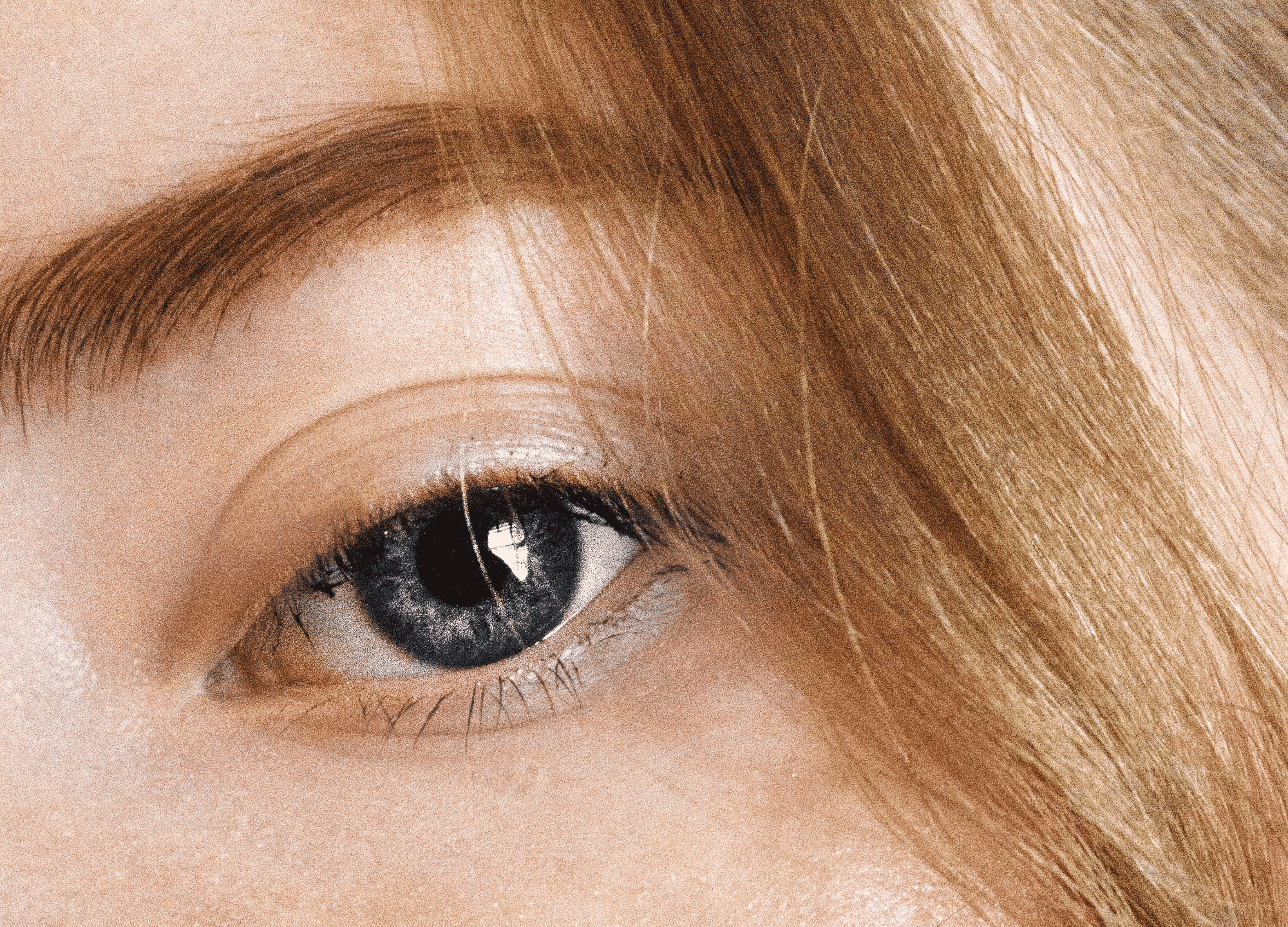A quality blepharoplasty can do so much more than simply lift the eyes. It can obliterate under-eye bags and dark circles; tighten crepey lids and remove excess skin, to give the illusion of more real estate up top; enhance facial rejuvenation; and even improve vision that’s been compromised by sagging skin or ptosis, the medical term for a droopy eyelid—all in less than an hour and without leaving telltale signs of cosmetic surgery.
Usually an outpatient procedure, an eye lift requires only local anesthesia for upper eyelids, or either IV sedation or general anesthesia for the lower eyelids. That said, the recovery time can last weeks, and its side effects include dry eyes and irritation.
If you want a youthful appearance around the eyes without incisions, good news: There are also options for a nonsurgical eye lift. Injectables, such as Botox and fillers, can be strategically placed around the eyes to temporarily lift them. However, it largely depends on your individual concerns and goals; for a more severe droop, for instance, a brow lift may be in order.
For a surgical eye lift, though, what exactly distinguishes a job well-done from an outcome that raises eyebrows? Big picture: “The patient should look refreshed without being pulled or having exaggerated features,” says Dr. Bruce Moskowitz, a board-certified oculoplastic surgeon in New York City.
On a more granular level, the subtle distinguishing markers of an expertly executed blepharoplasty can be equally easy to spot—if you know what to look for. If you’re considering an eye lift, pay close attention to the following characteristics when scrolling through a prospective surgeon’s before-and-after gallery.
1. Symmetry
Whether your natural eyes are symmetrically shaped to begin with or you’re seeking a blepharoplasty in hopes of achieving a better balance, you should not leave the operating room with asymmetrical features.
“I do a lot of revision botched eyelid surgeries, and the most common complication is asymmetry, where the two eyes look very different,” says Dr. Robert Schwartz, a board-certified cosmetic oculoplastic surgeon in New York City. The overall goal should be “a symmetric, natural contour” in which the eyes match in size and shape while remaining in harmony with the rest of the face.
2. A hidden, thin scar
Another perk of eyelid lifts, both upper and lower: there should be no visible scarring. In an upper blepharoplasty, a thin incision is made along the natural crease of the lid. “In day-to-day interactions, with your eyes open, it’s not visible because it’s hidden back in that crease,” explains Dr. Jessica Lattman, a board-certified oculoplastic surgeon in New York City. “If you were to close your eyes and look closely, the scar would be visible for the first couple of months, but then it really heals into just that same little fine line.”
Generally speaking, the thinner the skin on the body, the more quickly and fully scarring will fade—and the skin of the upper eyelid and around the entire eye area is incredibly thin.
In a lower blepharoplasty procedure, there are two different routes for incision, and your surgeon will decide which to take, depending on the issues you’re aiming to address. One option (technically called a transconjunctival blepharoplasty) is to make the incision on the inside of the lower eyelid—the pink, fleshy part you can see if you pull down and peek inside. With this approach, “there is no scar on the skin, no stitches, no nothing,” Dr. Lattman says, explaining that it works best “for young people who only have issues with bulging.”
The second technique (the subciliary approach) can tackle a bit more, including loose eyelid skin and muscle. In this case, the incision is made right below the lower eyelashes. “It’s a little bit longer healing [time] because you do have stitches underneath the eyelid, [which] come out after about a week,” Dr. Lattman explains. Still, when done well, “within a couple of weeks, that scar should be invisible,” she says.
3. Unchanged eye shape
“A patient’s eye shape should remain the same, unless there is reason for it to be changed,” Dr. Schwartz says. Though even in cases where there is cause to alter the shape—a downward-slanting outer corner, for instance—”it’s usually not favorable to change the way someone looks, and changing the shape of the eye can do just that.”
So if you’re looking at a set of before and after photos and the actual shape of the eye looks markedly different in the latter image, that’s a red flag.
If you are seeking out blepharoplasty specifically to help correct any downward sloping (which can be genetic or age-related), you’ll want to have an in-depth conversation with your surgeon, to ensure the best aesthetic outcome. Your doctor may even request photos of your younger self, to assess your born-this-way eye shape and replicate it during the surgical procedure.
Related: The Ultimate Guide to Bigger, Brighter Looking Eyes—From Makeup to Medical Treatments
4. An overall natural look
Results should not look fake or cut-and-pasted from another person. “I’m going to try to take the eye the patient [already] has and make it look the best it can,” Dr. Lattman says. “I’m not going to try to make a different eye.” Anything that looks pulled, tight, or otherwise off does not exemplify a top-notch eye lift. “Natural-looking results that make the patient appear refreshed, rested, [and] youthful” are the ultimate goal, says Dr. Phillip Langsdon, a board-certified plastic surgeon in Germantown, Tennessee.
One last word to the wise: “Photos can be misleading,” Dr. Langsdon warns. In addition to doing your research and meeting for an in-person consultation, when perusing before and after images, be sure to “look for similar lighting in the photographs for accurate comparison,” he says.











